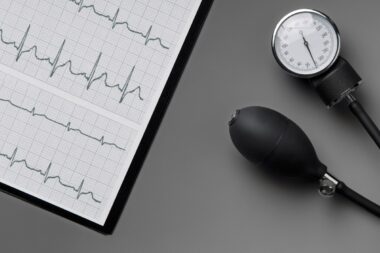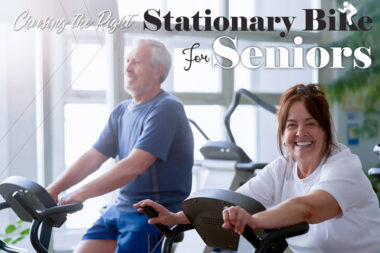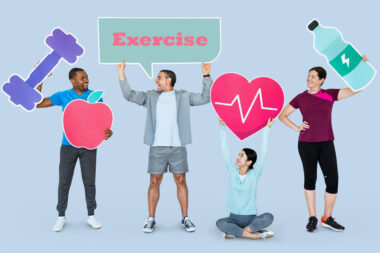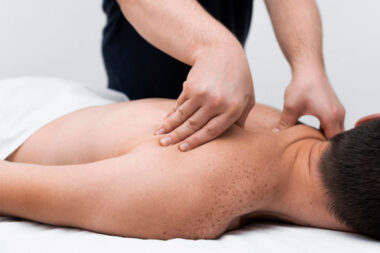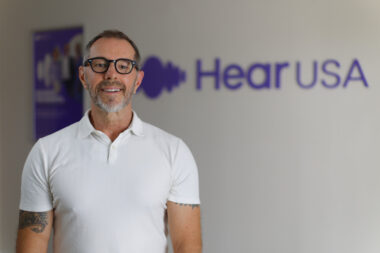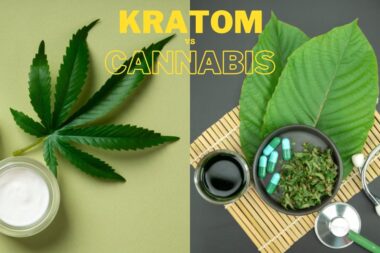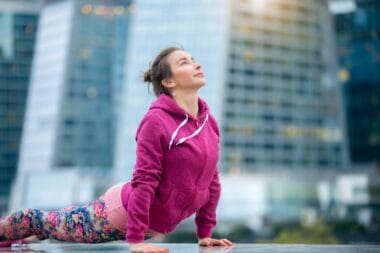Let’s examine the role that exercise plays in aging and preserving mental and physical well-being. Exercise regularly and being active are even more important as we age. Exercise is beneficial to our mental health in addition to maintaining our bodies flexible and strong.
Making time for exercise in your daily routine is crucial for preserving your physical and mental well-being as you age, whether it’s walking or running, signing up for a fitness class or sports team, or even simply doing some light stretching at home.
Never forget that starting an exercise regimen is never too late! There are always choices available that can be customized to meet your needs, regardless of your former activity level or health issues. Now let’s move towards a more healthful future!
Our bodies and minds will inevitably change as we age, but that doesn’t mean we have to accept the limits that come with getting older. In later life, we may actively preserve our physical and mental well-being by making regular exercise a part of our routines.
This essay will discuss the amazing advantages of exercising for older people and how it can lead to a happier, healthier life.
We will also discuss the significance of addiction therapy and dual diagnosis treatment facilities for maximizing overall well-being.
1. Physical Activity for Health
For people of all ages, engaging in regular physical activity offers many advantages, but as we age, it becomes increasingly important.
Exercise helps us retain the bone density, muscle strength, and flexibility that deteriorate with age. Strength training, yoga, swimming, and walking are all great strategies to increase general physical fitness without overtaxing the body.
Before beginning any new fitness program, it’s imperative to speak with a healthcare provider to make sure it fits your needs and restrictions.
Exercise, however, has advantages that go beyond improved physical health. Regular physical activity has been demonstrated to have a major positive effect on cognitive function as well.
Exercise improves brain function by increasing blood flow to the brain, which encourages the development of new neurons. It has been connected to improved problem-solving, memory, and attention span abilities.
It’s critical to maintain physical activity in older age to preserve both cognitive and physical health. You can accomplish this by cycling, swimming, walking, or engaging in other aerobic activities.
Strength training has been shown to help with weight loss, balance improvement, and physical health maintenance.
In terms of physical health, frequent exercise can aid in the prevention of long-term ailments including osteoporosis, diabetes, and heart disease. It strengthens bones and muscles, enhances cardiovascular health, and aids in maintaining a healthy weight.
Maintaining an active lifestyle can help improve balance and coordination, which lowers the chance of falling.
2. Exercise for Cognitive Health
Were you aware that staying physically active has a significant positive impact on cognitive health?
Physical activity has been demonstrated in studies to dramatically lower the incidence of dementia and cognitive decline.
Brain-derived neurotrophic factor (BDNF), a protein that supports the development and upkeep of brain cells, is produced in response to exercise.
Consequently, those who exercise regularly are likely to benefit from better memory, increased attention spans, and a reduction in cognitive deterioration.
3. The Role of Dual Diagnosis Treatment Centers
In many cases, individuals may face the challenge of aging while also dealing with co-occurring mental health disorders or substance abuse issues.
Dual-diagnosis treatment centers specialize in providing comprehensive care for individuals facing both mental health and addiction concerns.
These centers offer innovative therapies, personalized treatment plans, and a supportive environment to address the unique needs of each individual.
Combining exercise with appropriate therapy interventions can yield profound results in promoting overall well-being and long-term recovery.
4. The Function of Treatment Facilities for Dual Diagnoses
People frequently have to deal with co-occurring mental health diseases or substance misuse concerns in addition to the burden of aging.
Mental health treatment facilities with dual diagnoses focus on offering complete care to patients with addiction and mental health issues.
These facilities cater to the individual needs of each patient by providing cutting-edge therapies, individualized treatment programs, and a caring atmosphere.
Exercise and proper treatment therapies together can have a significant positive impact on long-term healing and general well-being.
5. Addiction Therapy and Exercise
By promoting the healing process and averting relapse, exercise is a crucial component of addiction therapy.
Endorphins and other feel-good chemicals are released when you exercise, and these chemicals might lessen cravings and withdrawal symptoms.
Frequent exercise also makes people feel good about themselves and gives them a healthy coping strategy, which lessens the temptation to use drugs.
Talking about exercise as part of addiction therapy encourages a comprehensive strategy that improves both mental and physical health and encourages long-term recovery.
In summary
Maintaining our physical and mental well-being as we become older is crucial to living a happy and full life. One effective instrument that can assist us in achieving these objectives is exercise.
People who embrace physical activity might benefit from increased flexibility, strength, and mental clarity. Incorporating addiction therapy and dual diagnosis treatment facilities into the aging process can also improve general well-being and lead to a happier and healthier life.
Now let’s put on our trainers and go out on a road toward remarkable cognitive health, vitality, and power as we age gracefully.
Our physical and cognitive health are affected by aging, as both our bodies and minds begin to fail as we become older.
As we age, exercise plays a critical role in keeping us active and healthy since it can support the maintenance of both physical and mental health.
In later life, exercise has a critical role in preserving both physical and mental health. Frequent exercise can lower the chance of developing chronic illnesses and aid in improving strength and balance.
Enhancing focus, concentration, memory, and general cognitive health are other benefits of it. Furthermore, maintaining mental activity can support the preservation of cognitive health. We can keep our minds active and sharp by partaking in hobbies like puzzles, reading, and social interactions.
Image by Freepik
This article is published by our independent team of health and wellness pundits that publish original and informative content to empower readers to take charge of their health and embark on a physically, mentally, and emotionally balanced lifestyle.



